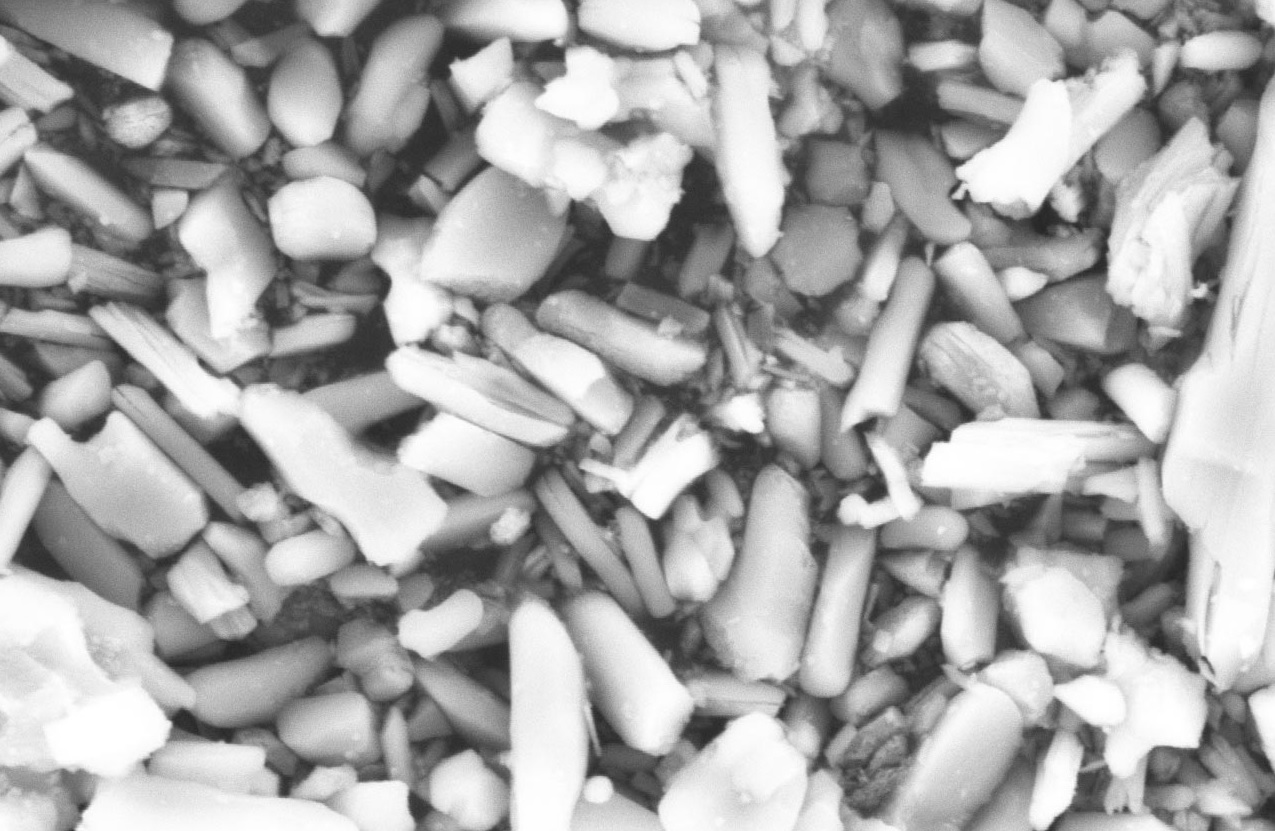
The global market for rheumatoid arthritis treatments is expected to grow at a CAGR of...
Learn More
Our consulting solutions address company specific challenges with respect to micro environment...
Learn More
Organizations frequently need day-today research guidancein order to gain strategic...
Learn More
Exploring different areas of market research and market analysis is a key factor...
Learn MoreAcute Market Reports presents the most extensive global business research services across industries. Our research studies focus on potential outcomes, benefits, and risks associated with each market segment across geographies. Having served our global clients for more than 10 years, our prime priority is to enable our clients in making well-informed business decisions through a data-driven, analytical, and uncomplicated research approach.
We provide access to the world's most comprehensive, analytical, and updated business intelligence services and solutions.




The print on demand (POD) market is a dynamic and rapidly evolving sector within the broader printing and e-commerce industry. The POD market is expected to grow at a CAGR of 26.1% during the forecast period of 2025 to 2033, driven by the e-commerce ...
Read More
The application development software market is a dynamic and evolving sector that plays a pivotal role in empowering organizations to create, enhance, and deploy software applications efficiently. The application development software market is expect...
Read More
The titanates market is expected to grow at a CAGR of 9.5% during the forecast period of 2025 to 2033, driven by the increasing demand for Aluminum Titanate, the pivotal role of Barium Titanate in electronics, and the emergence of Lithium Titanate in...
Read More




